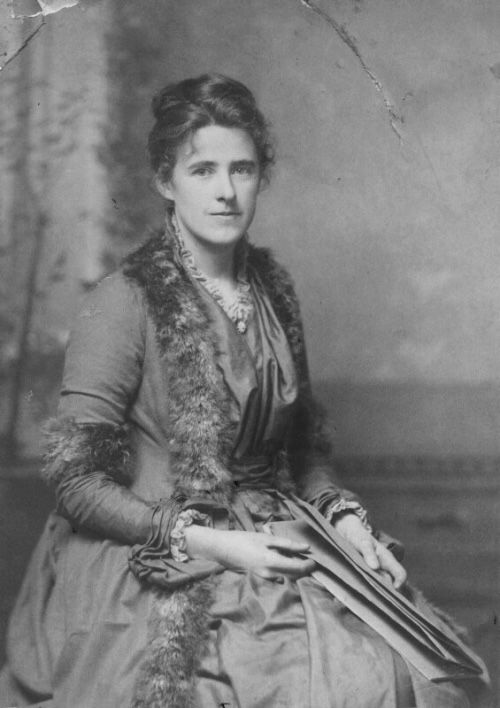Mary Berenson
- associazione68
- May 27
- 3 min read
Updated: May 28

Mary Berenson (1864–1945), whose original name is Mary Whitall Smith, was born in Philadelphia. Having grown up in an intellectual environment, she encountered from an early age figures such as Walt Whitman and William James, both Americans – the former a poet, the latter a psychologist and philosopher. A brilliant student and passionate about literature alongside her brother Logan Pearsall Smith, she pursued studies in psychology and philosophy at Smith College from 1881 to 1883, then at Radcliffe College, the annex of Harvard University, starting in 1884. It was during this period at Harvard that she discovered European art, notably Botticelli. It was also here that she met her first husband, Benjamin Francis Con Costelloe, a lawyer by profession, with whom she had two daughters: Ray Strachey and Karin Stephen. She moved to the United Kingdom with him in 1885.
Dissatisfied with her marriage, she was nevertheless introduced to Bernard Berenson in 1888 through a mutual friend, Gertrude Hitz–Burton. She decided to follow him to the Continent, deepening both her romantic passion and her keen interest in art. However, since her first husband was deeply religious and rejected the very idea of divorce, she only married Berenson in 1900, in a small chapel at Villa I Tatti, located in Florence, a year after her first husband's death. It was here that the couple had recently settled to pursue their intellectual activities.
Though Mary Berenson established herself as an authoritative figure – publishing, among other works, Guide to the Italian Pictures at Hampton Court: with Short Studies of the Artists – she was subjected to a form of erasure, reflected in particular by her early pseudonym, Mary Logan. According to The Burlington Magazine, it is difficult to grasp the full extent of the art historian’s work, as it was closely intertwined with that of her husband, whose publications often omitted her contributions. This conscious omission must be understood within the context of women’s limited access to intellectual recognition at the time. Mary’s own mother believed that a book published under both their names could have sparked scandal. As The Burlington Magazine notes:
“The choice of name was an important choice for early 20th century women writers. Many of her contemporaries adopted a nom de plume during their entire writing careers, often hiding under a male pseudonym, such as her friend and colleague Vernon Lee (Violet Paget), the Jewish–German Jarno Jessens (Anna Michaelson), the art writer and novelist Frank Danby (Julia Frankau), and many others.”
Still, Mary Berenson’s work remains remarkable and substantial, particularly her book A Modern Pilgrimage, written in 1933, which combines major travels with descriptions of artworks throughout Italy, Greece, and Egypt.
Having frequented Palmerino, Mary Berenson mentioned it in a letter dated November 26, 1897, in which she humorously recounts the intellectual disagreements of the time, particularly concerning aesthetic questions. After an afternoon at Palmerino, she states that she liked “Miss Paget” better, and had a worsened opinion of Miss Thomson, who seemed offended by her remarks on the incoherence of her argument: “I liked Miss Paget better than before, and my bad opinion of Miss Thomson was deepened.”
This relatively sympathetic attitude toward Vernon Lee had already been expressed in August of the same year, when her husband, Bernard Berenson, accused Vernon Lee and her companion Clementina Anstruther–Thomson of plagiarism. He reproached their article Beauty and Ugliness (1897), published in the Contemporary review, for reusing ideas he claimed to have shared during informal conversations, notably his concept of “tactile values” applied to painting. Mary Berenson, writing in the wake of her husband’s accusations, remarked:
“It would be a mistake for us to quarrel with Miss Paget. It’s a mistake to quarrel, the thing to do is just to drop people quietly, and then a person accusing another of stealing his ideas and printing them is always in a ridiculous position.”
A mediator, Mary Berenson died in 1945 at the age of 80, in the Villa I Tatti. After the death of her husband in 1959, the residence became a research center for Harvard University, still dedicated to the study of art history, and in particular the Italian Renaissance.
Alan B.
For more information on Villa I Tatti, please follow this link: https://itatti.harvard.edu/




Comments